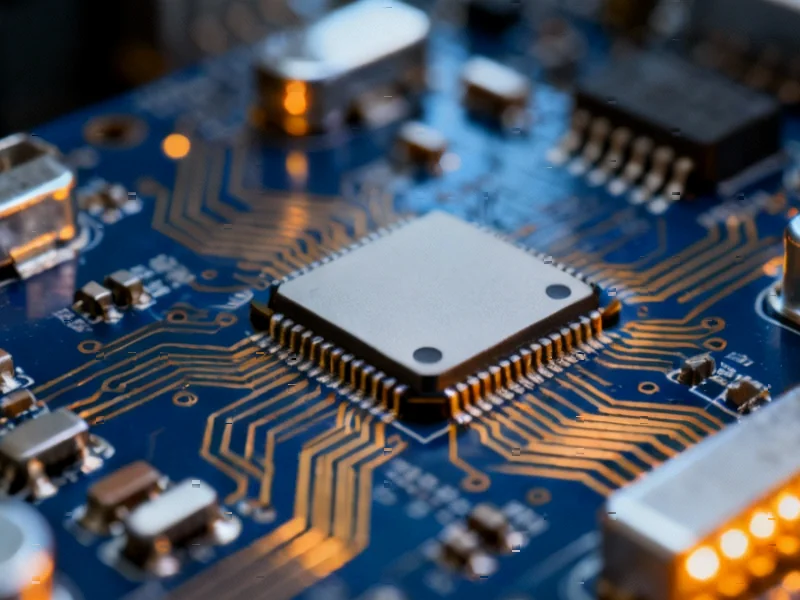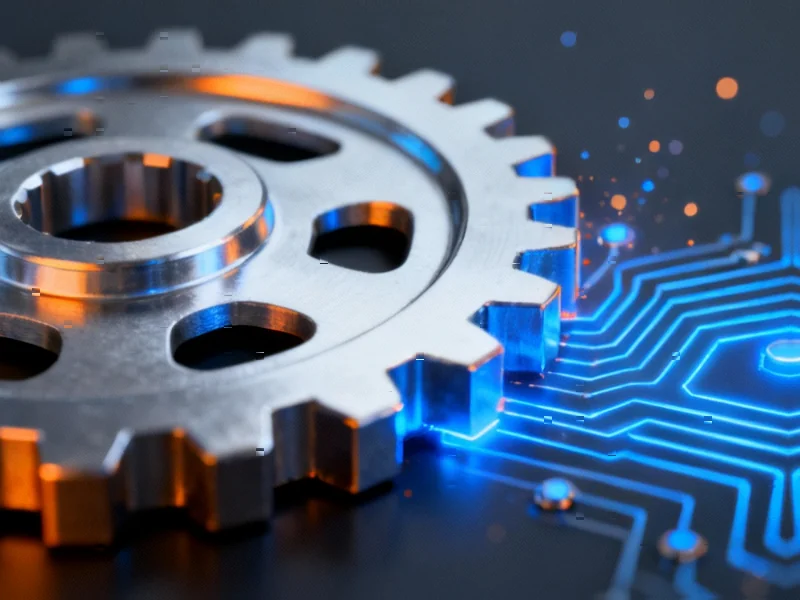The Backbone of Next-Generation Automotive Systems
Data Distribution Service (DDS) has emerged as a critical technology for automotive platforms, enabling robust real-time communication that forms the nervous system of modern vehicles. Unlike traditional communication protocols, DDS provides a data-centric connectivity framework that ensures reliable, scalable, and high-performance information exchange between vehicle components. As automotive systems evolve toward greater autonomy and connectivity, the demand for sophisticated communication middleware has never been more pressing.
Table of Contents
Understanding DDS Architecture in Automotive Context
At its core, DDS implements a publish-subscribe pattern that decouples data producers from consumers, creating a flexible communication infrastructure. In automotive applications, this means various vehicle subsystems—from advanced driver-assistance systems (ADAS) to infotainment and vehicle-to-everything (V2X) communication—can exchange data seamlessly without direct point-to-point connections. The protocol’s quality of service (QoS) policies allow developers to specify critical parameters like reliability, durability, and deadline requirements, ensuring that safety-critical messages always take priority.
The automotive industry benefits particularly from DDS’s deterministic latency characteristics, which are essential for time-sensitive operations such as collision avoidance and brake-by-wire systems. Unlike traditional messaging systems, DDS provides temporal decoupling, meaning data producers and consumers don’t need to be active simultaneously, enhancing system resilience during component failures or network disruptions.
Key Advantages for Automotive Platform Development
DDS offers several distinct advantages that make it particularly suitable for automotive applications:, according to recent research
- Scalability and Performance: DDS efficiently handles the increasing data volumes generated by modern vehicles, supporting everything from sensor fusion data to high-definition mapping information without compromising performance.
- Interoperability Across Systems:
The protocol’s standardized interface enables seamless integration between components from different suppliers, reducing development complexity and accelerating time-to-market. - Fault Tolerance and Reliability: Built-in redundancy and failover mechanisms ensure continuous operation even when individual components fail, a critical requirement for safety-grade automotive systems.
- Security Framework: DDS includes comprehensive security features that protect against unauthorized access and data manipulation, addressing growing concerns about vehicle cybersecurity.
Implementation Challenges and Solutions
While DDS offers significant benefits, automotive engineers face several implementation challenges. The computational overhead of DDS middleware requires careful resource management in resource-constrained embedded systems. However, modern DDS implementations have evolved to address these concerns through optimized code bases and configurable feature sets that allow developers to balance functionality with resource consumption., as related article, according to market analysis
Another consideration is the learning curve associated with DDS concepts and APIs, which differs significantly from traditional socket programming or message queue approaches. Automotive teams must invest in proper training and leverage available development tools to maximize productivity. The growing ecosystem of DDS-compatible tools and debugging utilities has substantially reduced this barrier to adoption.
Future Trends and Industry Adoption
The automotive industry‘s shift toward software-defined vehicles and centralized computing architectures aligns perfectly with DDS capabilities. Major automotive manufacturers and suppliers are increasingly standardizing on DDS for their next-generation platforms, recognizing its ability to support the complex data exchange requirements of autonomous driving and connected vehicle ecosystems.
As vehicles evolve into mobile computing platforms, DDS is positioned to become the communication fabric that enables innovation across safety systems, user experience, and vehicle management. The protocol’s flexibility supports over-the-air updates and dynamic reconfiguration, essential features for future vehicles that will receive regular software enhancements throughout their lifecycle.
For engineers and technical managers evaluating communication frameworks for automotive projects, DDS represents a mature, proven solution that addresses the unique challenges of vehicle networks. Its continued evolution and growing industry support make it a strategic choice for organizations building the automotive platforms of tomorrow.
Related Articles You May Find Interesting
- AppLovin’s Strategic Expansion Beyond Mobile Gaming Fuels Deutsche Bank’s Bullis
- Jet Engine Repurposing Emerges as Strategic Power Solution for Data Centers Faci
- AMD and Meta Introduce Open Rack Design for Next-Generation AI Computing
- Equinix Accelerates Digital Infrastructure Growth with Second Johor Data Center
- Global Tech Leaders Urge Halt to Superintelligent AI Development, Citing Civiliz
References & Further Reading
This article draws from multiple authoritative sources. For more information, please consult:
This article aggregates information from publicly available sources. All trademarks and copyrights belong to their respective owners.
Note: Featured image is for illustrative purposes only and does not represent any specific product, service, or entity mentioned in this article.



